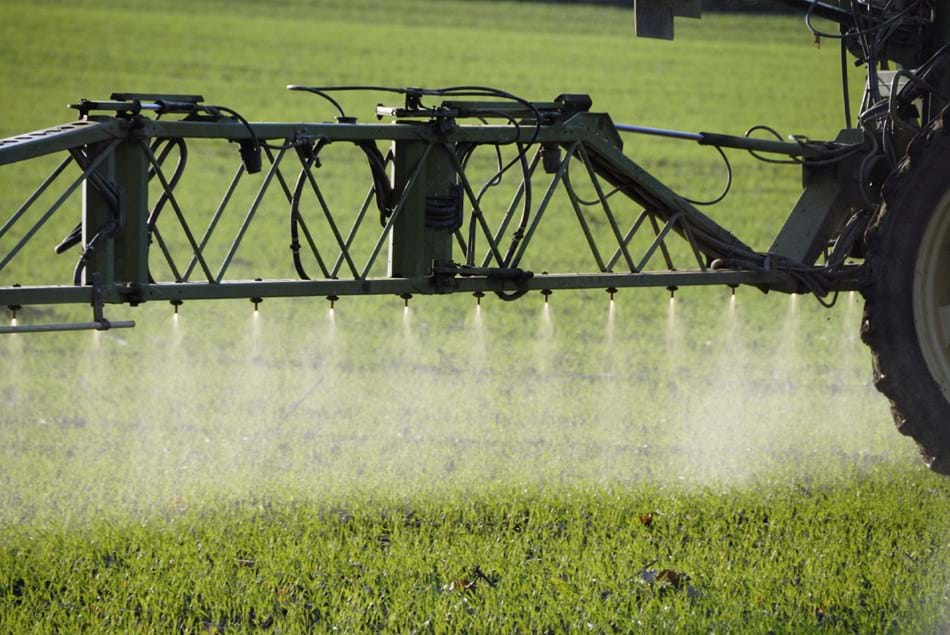LaserAg - Bringing the Benefits of Optics to Agriculture
Client: LogiAg

Client: LogiAg
Optics and agriculture may seem to have little in common, although they actually have a number of close links. The agrifood sector, like many industries, is in constant flux, and science is being used to optimize farming work. LogiAg, an INO partner, is a shining example of the links that can be created between optics and agriculture.
One of the challenges facing 21st-century farming involves determining the composition of cultivable soils so the correct fertilizers can be used and the correct nutrients can be provided for each type of agriculture. Thanks to the LIBS technique (laser-induced breakdown spectroscopy), LogiAg developed a prototype device used to accurately determine the composition of individual cultivable parcels of land. By analyzing a soil sample with this new system (known as LaserAg), farmers receive accurate information on the soil components. Using this information, they simply have to select the type(s) of fertilizer providing the missing nutrients to optimize crop growth.
Buoyed by the success of its prototype, LogiAg wanted to distribute this technology internationally. To that end, the Châteauguay-based company needed to make improvements to ensure greater stability and performance reproducibility from system to system, as well as reliability and reproducibility when the device is used by non specialists. Ergonomics and ease of use were also very important considerations during the development stage. Thanks to INO’s systems development and short-series production expertise, it was the ideal partner for bringing this project to completion. Well versed in laser-induced breakdown spectroscopy (LIBS) techniques and other systems using similar components, our researchers proposed and implemented a number of systems design improvements to meet LogiAg’s objectives. Since the LIBS application was somewhat unreliable, various critical parameters had to be clearly identified, in addition to defining interrelations with various system characteristics. Accordingly, a number of improvements were implemented to refine the characteristics of the built-in laser beam and track them in real time. Since LIBS is based on the identification of very narrow spectral atomic lines, the stability of the sub-system used to analyze the radiation emitted by the plasma was crucial ; this point was of particular importance in this case because the analysis was focused on complex samples such as soils, which contain a wide variety of elements. A specific module to stabilize the spectrometer’s mechanical and thermal characteristics was developed to meet the application’s requirements.
The system development is now at a maturity level enabling LogiAg to provide the device to “early users”. This step will yield valuable information on the system when used in a "real world" context. The final development iteration will then be created with a view to bringing the system to a production and marketing level. INO is working closely with LogiAg to manufacture pre-production units for “on the ground” validation and to complete the final development and production work. Thanks to this collaboration, LogiAg is poised to provide its LaserAg systems to companies at the international level, thus facilitating agricultural work worldwide.

Starting with my very first contact with INO, I have been greatly impressed by its entrepreneurial spirit. In addition, the employees involved in my project swiftly made it their own and put forward some very interesting design suggestions. The competence of the team that INO put in place for our project is outstanding and the project has been on schedule ever since the project began. After bringing clients into INO for a visit, each time I’ve come away with an agreement. That’s because INO inspires confidence thanks to its ability to manufacture high-tech devices.